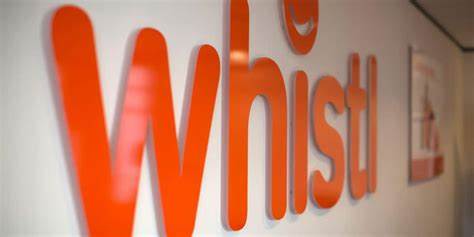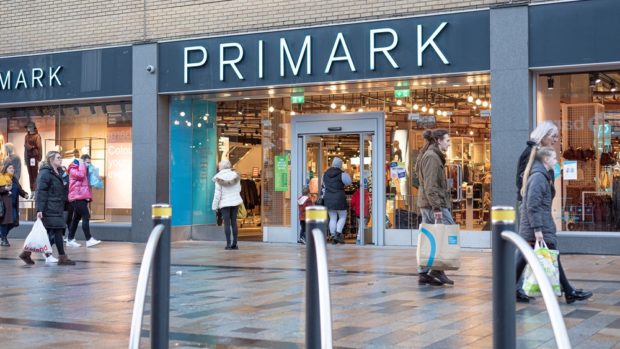Commenting on new online payment rules coming into force in September 2019, Keith McGill, Head of ID and Fraud at Equifax, explains how retailers can maximise the opportunity to make payments more safe and convenient:
“With fraud increasing, and younger generations* who love to shop online particularly vulnerable, it’s vital businesses put stronger payment processes in place. The challenge is to strike the right balance between customer convenience and security.
“The online economy is booming because customers find the experience friendly and frictionless. If the new Strong Customer Authentication (SCA) requirements, designed to reduce fraud, make shopping online inconvenient, the potential damage to retailers in lost digital sales could be significant.
“However, the new checks are broad in scope and allow businesses to be flexible in creating the right customer experience. Multi factor authentication for example, based on factors only the user would have or know, is already commonly used by the banks with little friction for customers. While adding measures such as facial recognition or one time passcodes introduces an additional hoop for a shopper to jump through, the disruption remains minimal and most people appreciate the efforts being taken by retailers to protect them.
“Retailers must anticipate the many different types of consumer interactions and build processes accordingly. Smartphones and other handheld devices are rich in features such as cameras, fingerprint readers and even e-chip readers which allow for slick interactions, but other devices may not have the same level of functionality. Checks must be put in place to cater for all those scenarios and give consumers choice in how they authenticate themselves.
“With the advent of Open Banking, retailers also have the option to leverage the existing relationship between a customer and their bank by carrying out authentication using their online banking credentials.
“Retailers should think about the steps taken by the customer throughout the payment journey and where and when it will be necessary to introduce SCA. The need for extra checks will shift depending on the cost of transactions, and retailers selling higher value goods and services won’t want to be perceived as having more inconvenient processes than those that fall below the SCA value thresholds. The success of contactless payments clearly illustrates that consumers will quickly adapt to new payment processes, a good example of a workable model that successfully tackles security concerns without sacrificing customer experience.”







Share